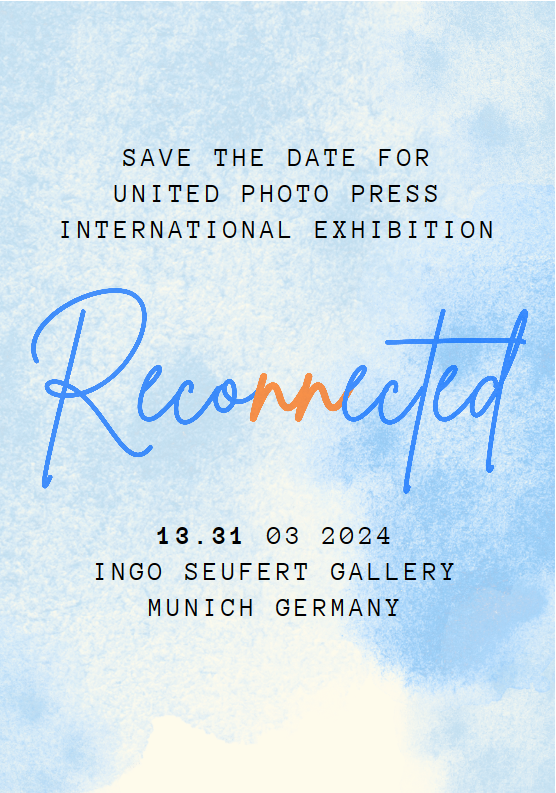Each state has its own laws placing limits on the tinting of car windows. The concerns of these regulations are policing and privacy, but their language is photographic: visibility, film, reflection, light, transmittance. “I began to understand that the car window was the frame, and that in some way the car itself was the camera,” Joel Meyerowitz writes in Aperture’s “The Open Road,” a comprehensive collection of road photography published in 2014. Another American photographer, Phil Jung, inverts this idea in his project “Windscreen,” which reveals the lives of strangers through the dioramic worlds of parked-car interiors.
Jung’s still-lifes are shot in soft light, and his take is empathetic, not cutting. Photos of children and postcards are tucked behind sun visors and into side-door compartments. There are piles of laundry, cheesy window decals, and, in one case, a live raccoon in a cage. Dirt and dust and discarded cigarettes mark units of time spent on the road. Many of the vehicles are worn and ragged, and at least one window is shattered, but Jung avoids cars that seem to have fallen completely out of use. “If I find nothing inside that tells something about the owner, I move on,” he writes. He has been photographing “Windscreen” for almost a decade, shooting cars all over the United States. He points to the recession as the starting point for the project, and thinks of the photographs as documents of class.
The most thrilling part of the series, though, is still its voyeur’s impulse to learn about people through a record they never intended to share. Jung finds pornographic VHS tapes strewn on top of a removed Connecticut license plate; a less racy Ouija planchette, laid out on a dashboard, gives a similar frisson. Jung combs for the residue of his car owners’ lives the way a medical student reads histories of actions and injuries in the anatomy of cadavers. Cars are realms of sacred semi-privacy, where we are able to carry ourselves at a distance from our fellow-drivers, communicating only through signs, horns, blinkers, and the performative sort of rage that’s native to the road. With “Windscreen,” Jung reminds us wonderfully that, once a car is parked, the distance between us collapses again.
Max Campbell





